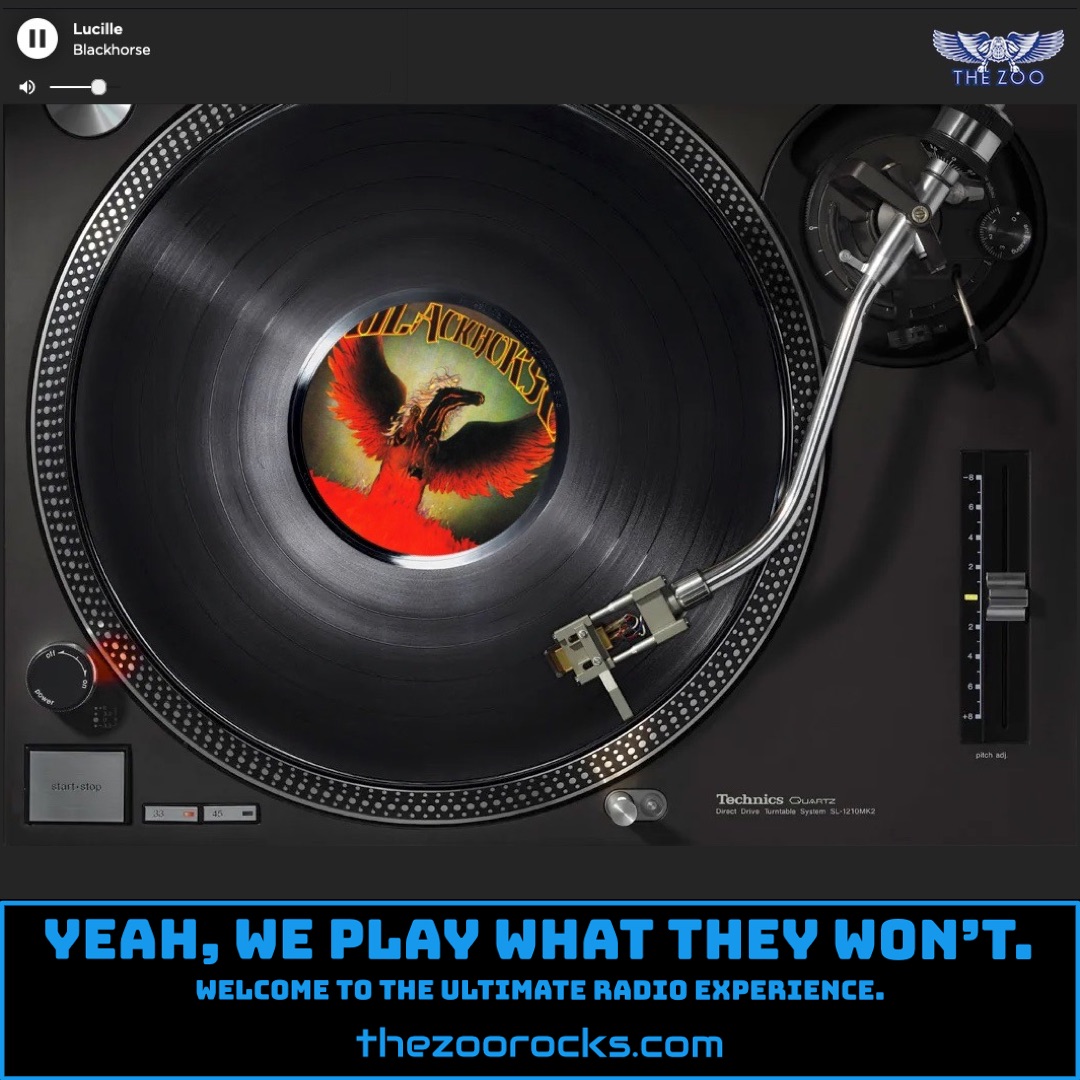Don’t Let It Show
The Alan Parsons Project
Zoo Freaks, you’re tuned into THE ZOO with the Zoo Crew, spinning the mellow vibes of The Alan Parsons Project’s “Don’t Let It Show” from their 1977 masterpiece I Robot. This track, a dreamy ballad featuring the soulful vocals of Dave Townsend, is a standout for its emotional depth and lush orchestration. According to fan reviews on ProgArchives, it’s considered a classic in the symphonic rock genre, with its poignant lyrics urging resilience in the face of heartbreak. The song’s recording process, as shared in a 2024 Legacy Recordings release, included a rare demo by co-creator Eric Woolfson, offering a glimpse into his songwriting craft. Fun fact: this track was covered by Pat Benatar on her debut album In the Heat of the Night in 1979, and a remixed version even served as the theme for an unsold 1982 game show pilot called 21, hosted by Jim Lange!
Another tidbit from the official Alan Parsons Project site reveals that I Robot’s release coincided with the 1977 Star Wars craze, boosting its popularity as the only album with a robot on the cover at the time. The album’s concept, inspired by Isaac Asimov’s sci-fi stories, explores the rise of machines and the decline of humanity—a theme that resonates in “Don’t Let It Show” with its call to hide inner struggles. Fans on The Alan Parsons Project’s Facebook page often share how the song’s introspective lyrics hit home, making it a staple in their playlists. Woolfson’s archives, as noted in a Legacy Recordings interview clip, preserved early mixes of the track, showcasing the meticulous studio work that defined the band’s sound.
Let’s dive into how The Alan Parsons Project came to be. Formed in 1975 in London, the band was the brainchild of Alan Parsons, a prodigious audio engineer, and Eric Woolfson, a gifted songwriter and pianist. Parsons, born in 1948, taught himself multiple instruments like the flute and piano as a young lad. By the early 1970s, he landed a gig at Abbey Road Studios as an assistant engineer, working on iconic albums like The Beatles’ Abbey Road and Let It Be, and later engineering Pink Floyd’s The Dark Side of the Moon. Woolfson, meanwhile, was composing material for a concept album based on Edgar Allan Poe’s works when he met Parsons at Abbey Road in 1974. Their shared vision of blending Parsons’ production wizardry with Woolfson’s storytelling sparked the creation of the Project, a studio-based group that never toured but collaborated with a rotating cast of talented vocalists like Lenny Zakatek and Chris Rainbow.
Woolfson’s idea was to make music a producer’s medium, much like film had become a director’s art. Their debut, Tales of Mystery and Imagination in 1976, was a hit, reaching the U.S. Billboard Top 40. The success paved the way for I Robot, which climbed to #9 on the Billboard 200, with “Don’t Let It Show” released as a single. Over their 15-year career, the Project released 11 studio albums, earning multiple Grammy nominations and platinum records, with hits like “Eye in the Sky” and “Sirius.” After the band dissolved in 1990, Parsons continued solo work, while Woolfson pursued musical theater until his passing in 2009. Today, Parsons runs his own studio, Parsonics, and keeps the legacy alive.
Want to connect with the Alan Parsons Project community? Check out their official website at the-alan-parsons-project.com for news and merch. Follow them on Facebook, Instagram, and X for updates and fan discussions. Fans also gather on the Alan Parsons Project Fan Club on Facebook, a vibrant group sharing memories and rare tracks. For more from Alan Parsons himself, visit his personal site at alanparsons.com. Keep it locked to THE ZOO, Zoo Freaks, for more cosmic tunes!

